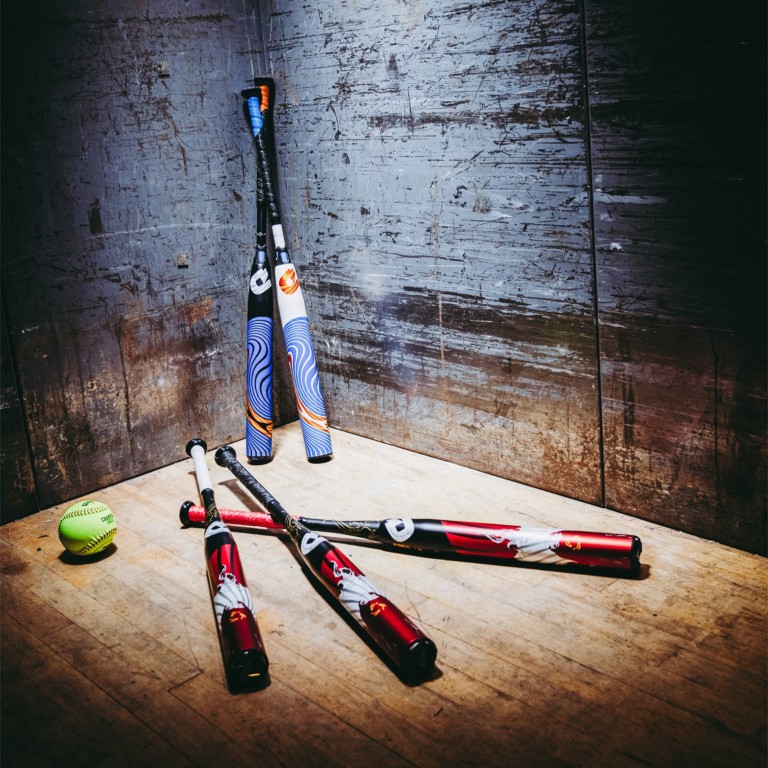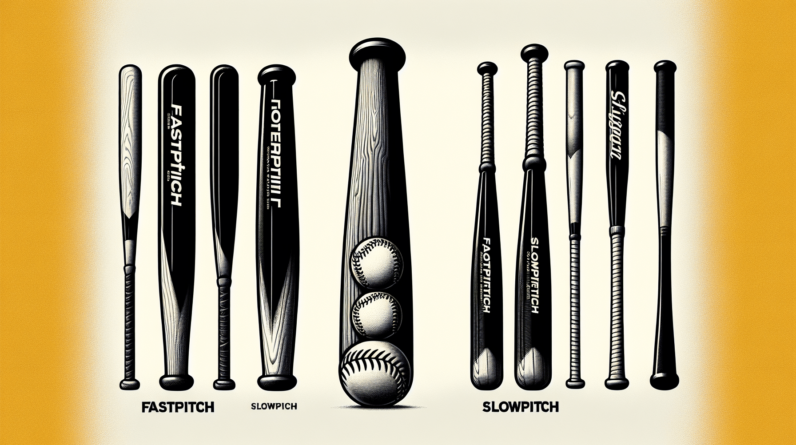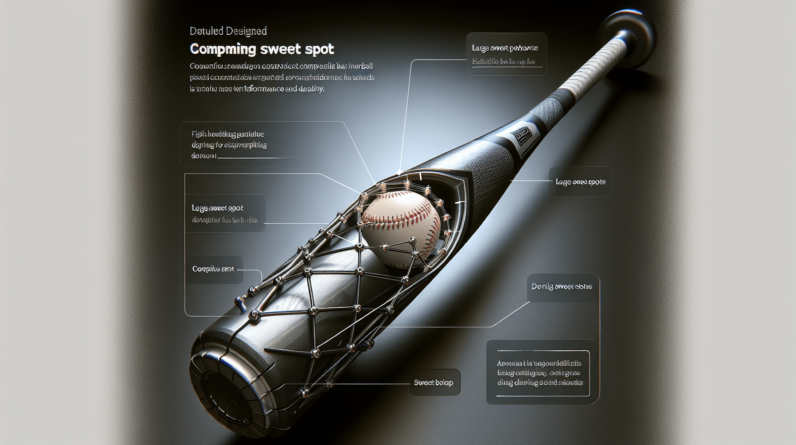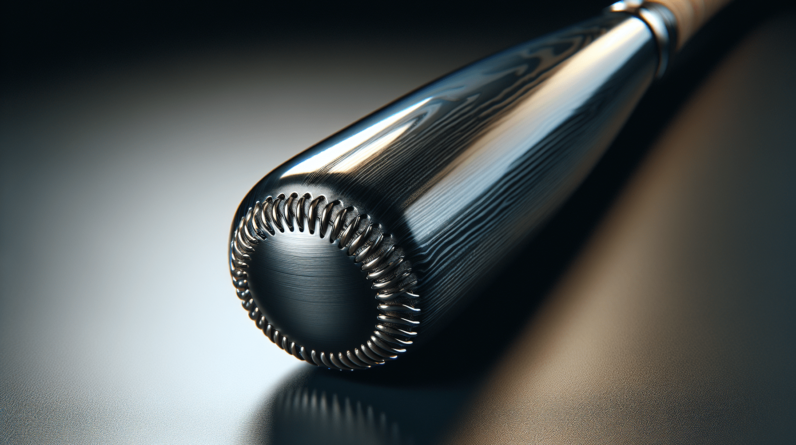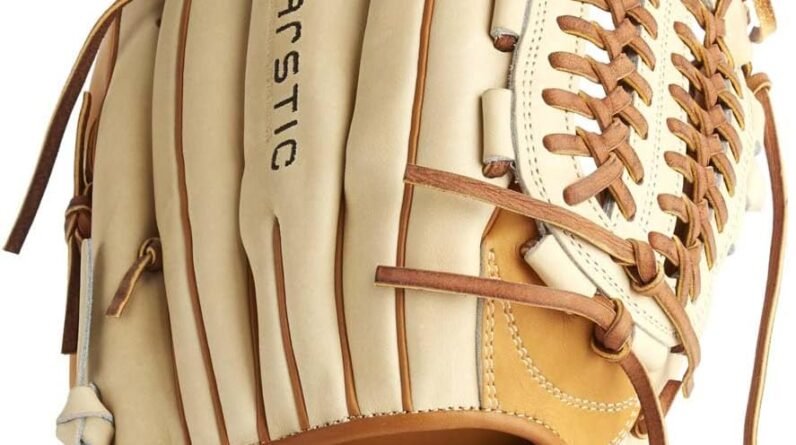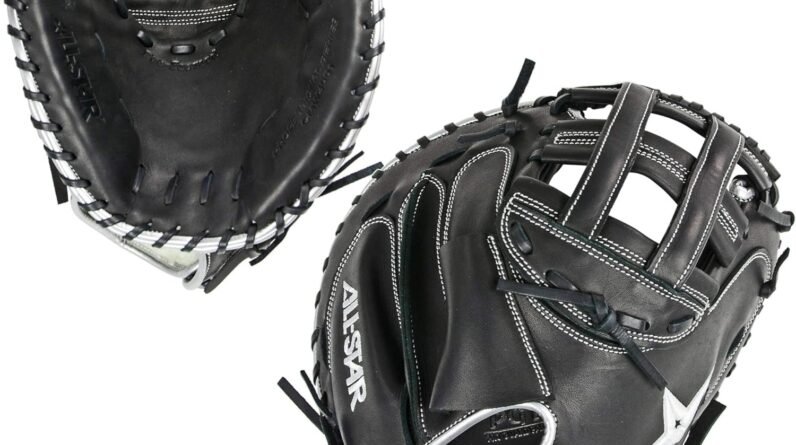Taking care of your Fastpitch softball bat is essential to maintain its performance and extend its lifespan. From proper storage to regular cleaning and maintenance, this article provides you with valuable tips on how to ensure your bat stays in top shape season after season. With these simple yet effective techniques, you’ll be able to maximize your bat’s durability and make the most out of every swing on the field.
Tips for Caring for Your Fastpitch Softball Bat
Fastpitch softball bats require proper care and maintenance to ensure their longevity and performance. By following these simple tips, you can keep your bat in the best possible condition and maximize your performance on the field.

This image is property of 1.bp.blogspot.com.
Cleaning and Maintenance
Regular cleaning and maintenance are essential to keep your fastpitch softball bat in top shape. Here are some tips to help you with this important aspect of bat care:
Using a Soft Cloth
After each use, wipe down your bat with a soft cloth to remove any dirt or debris. This will prevent the buildup of grime and keep your bat looking clean and pristine.
Avoiding Abrasive Cleaners
When cleaning your bat, avoid using abrasive cleaners or harsh chemicals. These can damage the bat’s surface and affect its performance. Stick to mild soap and water to clean off any stubborn stains.
Removing Scuff Marks
If you notice any scuff marks on your bat, you can gently rub them with a soft cloth dipped in a mixture of baking soda and water. This will help remove the marks without causing any damage.
Polishing the Bat
To give your bat a shiny and polished appearance, you can use a bat-specific polish or a small amount of car wax. Apply a thin layer and buff it off with a soft cloth. This will not only enhance its aesthetics but also protect the bat’s surface.
Drying the Bat
After cleaning your bat, make sure to dry it thoroughly. Moisture can lead to corrosion or other damage, so leave your bat in a well-ventilated area until it is completely dry.
Storing Your Bat
Proper storage is crucial to maintain the integrity of your fastpitch softball bat. By following these guidelines, you can preserve your bat when it’s not in use:
Choosing the Right Storage Location
When storing your bat, select a cool and dry location. Avoid places with extreme temperatures or high humidity, as these can negatively impact the bat’s performance and durability.
Using a Bat Sleeve or Case
Investing in a bat sleeve or case is a smart choice to protect your bat from accidental damage. These accessories provide an extra layer of protection during transportation and storage.
Avoiding Hanging the Bat by the Barrel
Never hang your bat by the barrel, as this can cause the weight to shift and potentially damage the bat. Instead, store it vertically or use a bat rack specifically designed for this purpose.
Protecting the Bat from Other Equipment
Ensure that your bat is stored separately from other equipment to prevent scratches and collisions. Keeping it in a dedicated compartment or using dividers in your bag will help maintain its condition.
Keeping the Bat in a Dry Environment
Moisture is your bat’s enemy, so make sure to store it in a dry environment. Avoid basements, garages, or any areas prone to dampness. If your bat gets wet, dry it thoroughly before storing it.

This image is property of i.ytimg.com.
Avoiding Extreme Temperatures
Extreme temperatures can have a detrimental effect on your fastpitch softball bat. To prevent any damage, it’s important to be mindful of the temperature conditions your bat is exposed to:
Storing the Bat in Optimal Temperatures
Try to store your bat in temperatures ranging between 60°F and 70°F (15°C and 21°C). These moderate temperatures help maintain the bat’s structure and performance.
Avoiding Exposure to Direct Sunlight
Direct sunlight can lead to warping or discoloration of your bat’s surface. Whenever possible, avoid leaving your bat under the sun for extended periods. Instead, keep it in a shaded area or use a bat sleeve to protect it.
Avoiding Extreme Cold
Extreme cold temperatures can make the bat more brittle and prone to cracking. If you live in a cold climate, avoid leaving your bat in unheated areas during the winter months. Store it in a temperature-controlled environment instead.
Avoiding Extreme Heat
Similarly, extreme heat can cause the resin within composite bats to soften, affecting their performance. Avoid leaving your bat in a hot car trunk or direct sunlight for prolonged periods. Opt for a shaded and well-ventilated location.
Avoiding Excessive Moisture
Moisture can significantly impact the performance and durability of your fastpitch softball bat. To prevent damage from excessive moisture, follow these guidelines:
Keeping the Bat Dry
After playing in wet conditions, be sure to dry your bat thoroughly. Wipe it down with a soft cloth and leave it in a well-ventilated area until it is completely dry. This will prevent the growth of mold or mildew.
Avoiding Playing in Wet Conditions
While it may be tempting to play in the rain, exposing your bat to excessive moisture can lead to serious damage. Wet balls and wet fields can cause the bat to absorb water, which compromises its integrity and performance.
Using Bat-Warming Devices Properly
If you play in colder weather, you may consider using bat-warming devices to maintain the bat’s temperature. However, be cautious not to expose your bat to excessive heat, as this can affect its durability. Follow the manufacturer’s instructions carefully.

This image is property of dac8r2vkxfv8c.cloudfront.net.
Checking for Damage
Regularly inspecting your fastpitch softball bat is essential to identify any signs of damage or wear. Here are some key areas to check:
Regularly Inspecting the Bat
Take the time to visually inspect your bat before and after each use. Look for any cracks, dents, or other visible damage that could affect its performance. Handle it carefully and avoid hitting it against other hard surfaces.
Detecting Cracks or Scratches
If you notice any cracks or scratches on your bat, it’s important to address them immediately. Small cracks can exacerbate over time, leading to more significant damage. Contact the manufacturer for repair or replacement options.
Checking for Loose End Caps
The end cap secures the bat’s structure and weight distribution. Regularly check for any signs of a loose or damaged end cap, as this can affect the bat’s performance. Tighten or replace the end cap if necessary.
Verifying Proper Weight Distribution
Over time, the weight distribution of your bat may shift due to wear and tear. Periodically measure and weigh your bat to ensure it still meets the specified weight requirements. Adjustments may be necessary to maintain optimal performance.
Grip Maintenance
A comfortable and secure grip is essential for a successful swing. Here are some tips for maintaining the grip on your fastpitch softball bat:
Replacing Worn Grips
If you notice that your grip has become worn or slippery, it’s time to replace it. Worn-out grips can affect your control and compromise your swing. Replace the grip with a new one that provides the necessary comfort and tackiness.
Cleaning and Re-gripping
Regularly clean your grip with mild soap and water to remove dirt and sweat. If the grip loses its tackiness, consider applying grip-enhancing solutions or using grip spray to restore its performance. Re-gripping when necessary will help maintain a secure hold.
Adjusting Grip Tightness
Experiment with different grip tightness to find the optimal level that allows for a comfortable swing while providing control. The right amount of tightness will vary from player to player, so find what works best for you.
This image is property of scheels.scene7.com.
Avoiding Misuse
To ensure the longevity and performance of your fastpitch softball bat, it is crucial to use it properly and avoid any misuse:
Using the Bat for Its Intended Purpose
Fastpitch softball bats are designed specifically for the sport, and using them for other purposes can lead to damage. Avoid using your bat to hit anything other than softballs, as hard surfaces or other objects can cause dents or cracks.
Avoiding Using the Bat as a Tool
Your fastpitch softball bat is not a tool, so refrain from using it to pry things open, dig holes, or any other non-softball-related activities. Misusing your bat can result in irreversible damage.
Avoiding Hitting the Bat on Hard Surfaces
Impacting your bat against hard surfaces can cause dents or fractures, compromising its integrity. Be mindful when setting your bat down and avoid hitting it against dugout benches, fences, or other objects.
Avoiding Overuse and Hitting Too Many Balls in a Row
Overuse can cause your bat to lose its pop and diminish its performance. Avoid hitting too many balls in a row during batting practice, as this can put excessive strain on the bat. Allow it to cool down between sessions to maintain its integrity.
Proper Use of Alloy Bats
If you own an alloy bat, here are some specific considerations to keep in mind for its proper care:
Understanding Alloy Bat Characteristics
Alloy bats are known for their durability and performance. However, they are more susceptible to denting than composite bats. Be cautious not to use an alloy bat in conditions that may increase the risk of dents, such as extremely cold temperatures or hitting hard objects.
Avoiding Using Alloy Bats in Cold Temperatures
Cold temperatures make alloy bats more brittle and prone to denting. Avoid using your alloy bat in temperatures below 60°F (15°C), as this can lead to damage. Opt for a composite bat or use a bat-specific warming device instead.
Avoiding Using Alloy Bats in Extremely Hot Temperatures
Alloy bats can also be negatively affected by extreme heat. Avoid leaving your alloy bat in a hot car or exposing it to direct sunlight for long periods. High temperatures can lead to a decrease in the bat’s performance and durability.
Avoiding Overexposure to Moisture
While alloy bats are generally less susceptible to moisture damage than composite bats, it’s still important to avoid overexposure. Follow the guidelines mentioned earlier regarding keeping the bat dry and avoiding wet playing conditions.
This image is property of scheels.scene7.com.
Proper Use of Composite Bats
If your fastpitch softball bat is made of composite material, it requires specific care and handling:
Understanding Composite Bat Characteristics
Composite bats are known for their superior performance and trampoline-like effect. However, they require more care due to their unique construction. Familiarize yourself with the manufacturer’s recommendations and follow them to maintain the bat’s performance.
Avoiding Using Composite Bats in Cold Temperatures
Composite bats are sensitive to cold temperatures and may crack or shatter when used in extreme cold. Avoid using your composite bat in temperatures below 60°F (15°C). Opt for an alloy bat or use a bat-specific warming device instead.
Avoiding Using Composite Bats in Extremely Hot Temperatures
Composite bats can also be negatively affected by high heat. Leaving your composite bat in a hot car or exposing it to direct sunlight for prolonged periods can cause the resin to break down or weaken. Store your bat in a shaded and well-ventilated area.
Avoiding Overexposure to Moisture
Moisture can cause composite bats to lose their integrity and performance. Avoid playing in wet conditions with a composite bat, and be vigilant about keeping it dry. Store it in a dry environment and wipe it down thoroughly after each use.
Knowing When to Replace Your Bat
Even with proper care and maintenance, fastpitch softball bats have a lifespan. Here are some indicators to help you determine when it’s time to replace your bat:
Monitoring Performance Decrease
If you notice a significant decrease in your bat’s performance, such as a lack of pop or reduced distance in your hits, it could be a sign that the bat needs to be replaced. Equipment wears out over time, and it’s important to recognize when a new bat is necessary.
Examining for Major Structural Damage
Inspect your bat regularly for any major structural damage, such as fractures, deep dents, or severe cracks. These issues can compromise the bat’s integrity and safety. If you notice any significant damage, it’s time for a replacement.
Considering Rule Changes or Age Restrictions
Stay informed about any rule changes or age restrictions imposed by your league or governing body. Over time, bat requirements and regulations may change, making your current bat ineligible for play. Make sure to check for compliance and consider a replacement if necessary.
Consulting with Experts or Manufacturer Recommendations
If you’re unsure whether your bat is still performing optimally or if it’s time for a replacement, don’t hesitate to seek advice from experts or consult the manufacturer’s recommendations. They can provide valuable insights and guidance based on their expertise.
Taking proper care of your fastpitch softball bat is essential to ensure its longevity and maximize your performance. By following these tips for cleaning, storing, avoiding extreme temperatures, checking for damage, and using your bat correctly, you can enjoy the best possible performance and prolong the lifespan of your bat. Remember, a well-maintained bat is a key component to success on the softball field.

